Pets allowed
Not Allowed
Elevation Gain
696.00 ft (212.14 m)
Trail type
There-and-back
Distance
9.60 mi (15.45 km)
Please respect the outdoors by practicing Leave No Trace. Learn more about how to apply the principles of Leave No Trace on your next outdoor adventure here.
Nearby Lodging + Camping
Sun Valley + Sawtooth Mountains, Idaho
Alturas Lake
Sun Valley + Sawtooth Mountains, Idaho

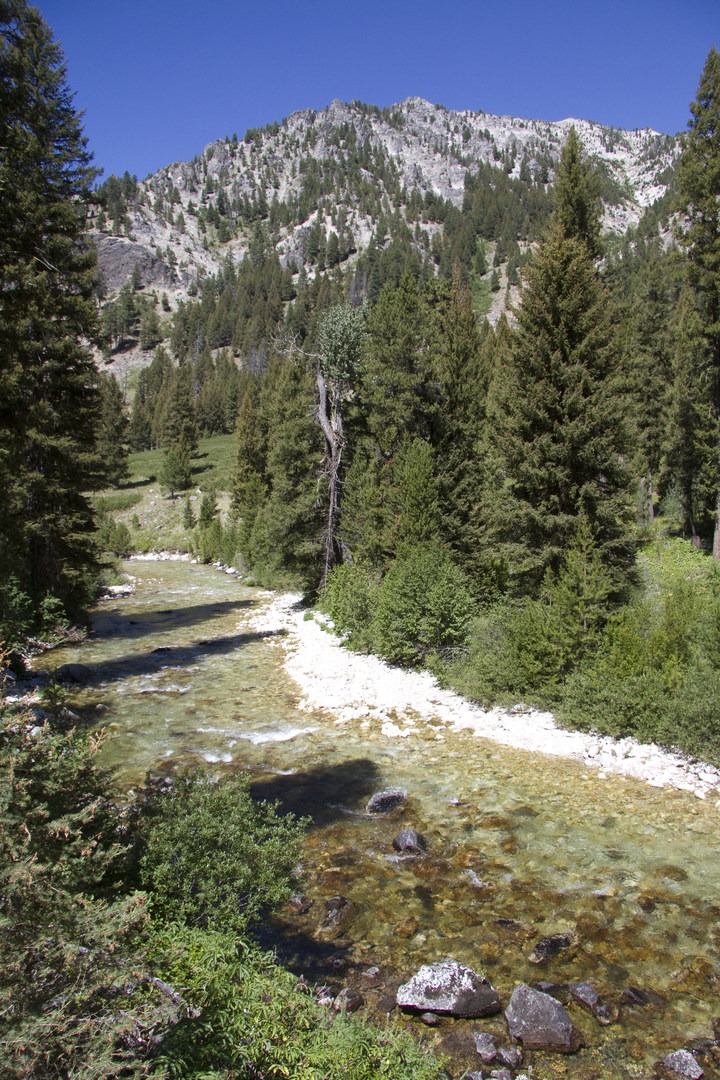



















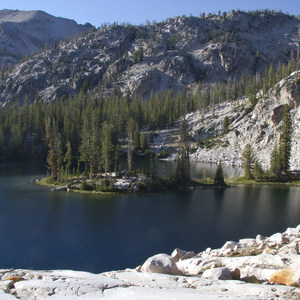



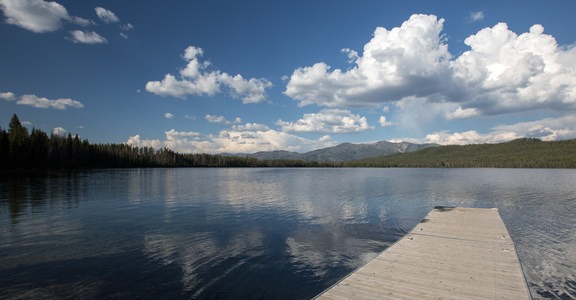
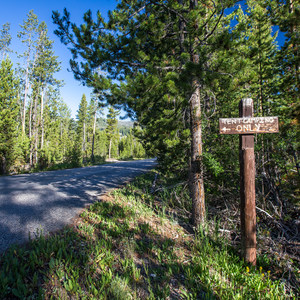

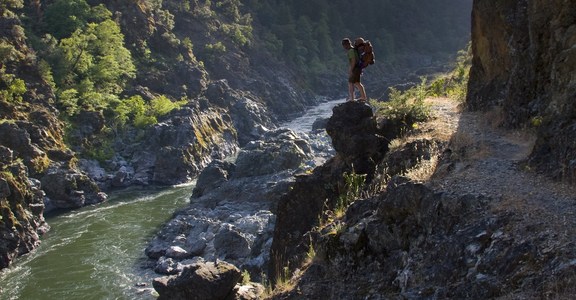
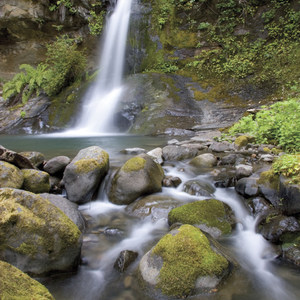
Comments
Sign In and share them.